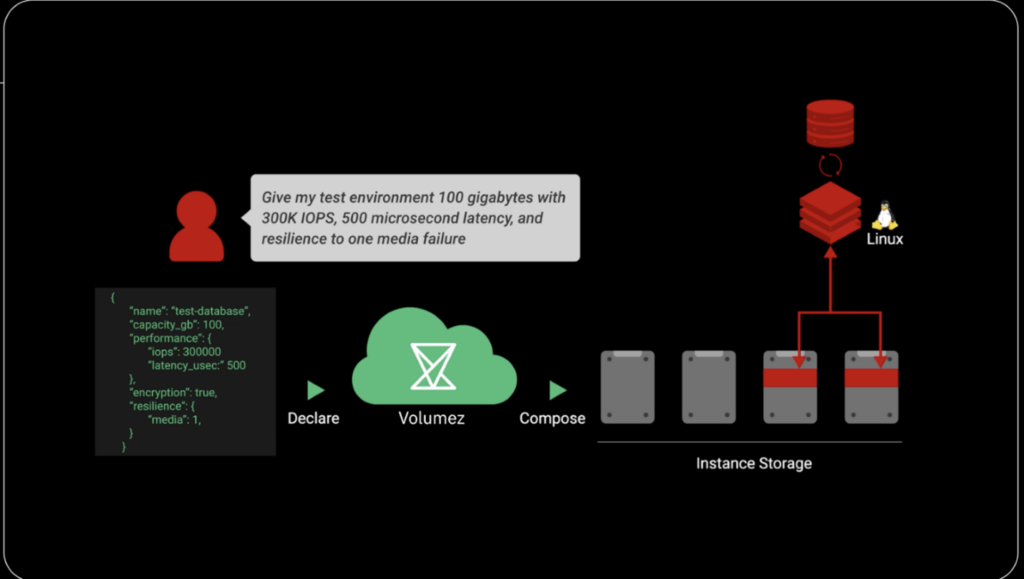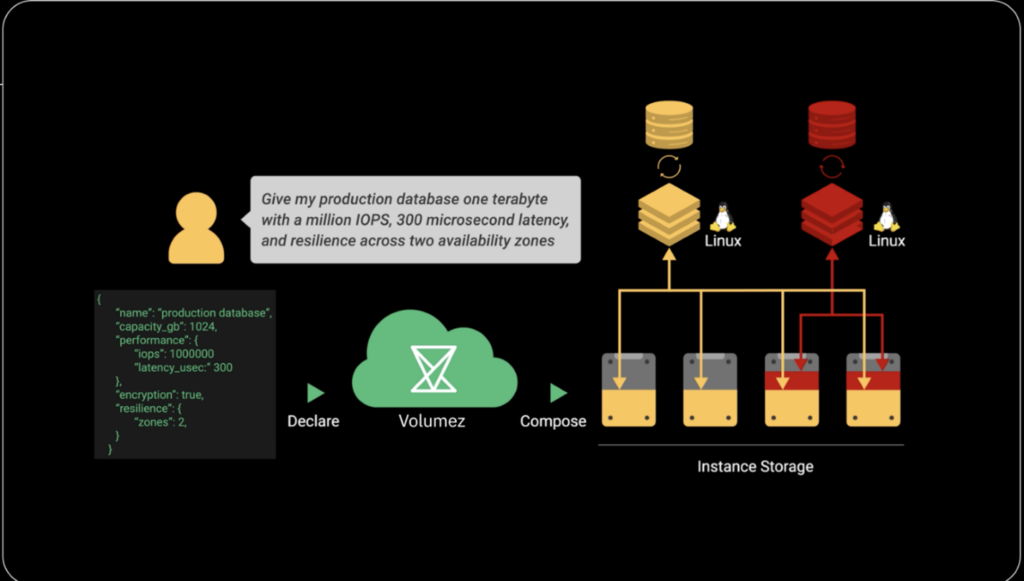Cloud Solution Architect, Americas
Brent Badger
Location, location, location! It is such an old axiom that has been used continually by every real estate agent at one time or another to try and ingrain into their clients the seemingly incomprehensible reason why one house will cost millions and another a measly hundreds of thousands of dollars (ugh!). This can be frustrating or fantastic as a buyer or seller (depending on where you fit on that pendulum of pricing), but location really does matter in real estate, and it is an important risk/benefit analysis for brokers and clients alike. You can ignore the real estate agent’s advice, but you do so at your own peril.
Why speed matters
Anyone who has watched an NHL hockey game in person versus on television understands that the game can seem so much different on a screen rather than when you are physically next to the action on the ice. The true speed, power, and performance does not translate well to the big screen, but when you are there, you can feel the physicality of the players and the speed of the puck as the action unfolds up close. The power and finesse of a massive individual who on one hand can have such physical skill that they can switch between being able to crush another player against the boards and then deftly maneuver a hunk of rubber with such grace and speed into an exact position on the ice to make the play. This happens so quickly and so fluidly that it truly underlies the talent that is needed to do such a series of events. This type of performance dissonance can be exciting and mind blowing at the same time. The dichotomy of physical expression is not easy to achieve, and as with other professional endeavors, it comes with countless hours of dedication, training, and pure love for a sport. Wayne Gretsky (a very famous and talented hockey player) understood this dichotomy well. He condensed the difficulty of all of it by saying “Skate to where the puck is going to be, not where it has been.” This has been quoted countless times by fans, players, coaches and even executives because of the simple yet profound meaning.
So, what does this have to do with Volumez? It has everything to do with performance. Pure, simple and powerful performance is vital to computing as we know it today. Like the NHL player, we rely on our computing platforms to be both physically and scarily powerful while performing delicate and intricate maneuvers consistently and tirelessly. But no matter how physical and graceful your computing is, like real estate, without the proper location you run into latency delays that can drive your increasingly finicky customers elsewhere. And, as with the hockey player, you need to know where the “puck” is trying to go to before you can be effective in controlling it to find success.
The power / finesse / performance balance
The benefits of cloud computing are well known, and with this transformative technology gaining in popularity, it is constantly getting faster, smarter, and ultimately more performant. But, a company does not move to the cloud for performance, the big selling point has always been simplicity. This simplicity of management has come at a price and has re-introduced some of the issues that data scientists have spent many years perfecting: the power/finesse/performance balance. Location is inherently difficult in the cloud and physical distance from compute to storage is particularly hard or impossible to completely control as a cloud customer. Physicists still ponder upon ways that can allow us to overcome the speed of light issues that result from trying to move something a distance from one point to another (and then back again) as fast as possible. This speed equation can also be hindered by pathways being obstructed by multiple communication layers (ex: storage drivers) or network “hops” that slow performance. We have all experienced a clogged freeway or city street obstructed by too many people trying to all get to the same place at around the same time. These delays are not only frustrating, but they can be costly (maybe I should have listened to that real estate agent!).
Volumez: Composable data infrastructure
Volumez can help the traditional cloud storage speed conundrum by going directly to the Linux kernel to solve the problem. Volumez uses the Linux kernel to compose a path from the CPU directly to the storage, thus bypassing any unnecessary links or hops in the pathway and focusing strictly on finding the fastest possible route. This data path is discovered and composed by Volumez, and once it is identified, it is owned by the cloud customer who now has the ability to control it. Having established the data path, the IOPS and Latency are now guaranteed and known to the cloud customer, and the full power/finesse/performance of the compute layer is now available to be utilized. This allows the cloud customer to not only know where the puck is, but they also know where it is going.

Exposing this data path is a revolutionary step to the overall performance of cloud computing. Volumez can now help companies migrate workloads to the cloud that have been or would be underperforming in their traditional “lift and shift” move. With some extra attention and composability provided by Volumez, these underperforming workloads are now viable to take advantage of the simplicity of the cloud without sacrificing their performance needs. SaaS companies can also take advantage of the known IOPS and Latency that Volumez provides, thus giving them more consistent IOPS performance and predictable latency for their cloud SaaS offering. This consistency and predictability becomes transformative for the management of a SaaS cloud offering, and ultimately seamless for the end-users who now see the latency and performance that they expect.

Volumez solves the location problem by composing a pathway from the Linux kernel directly to the storage, and it solves for the power/finesse/performance issue by allowing the cloud compute owners to now take full advantage of a predictable and consistent pathway.
Talk to our sales team today to find out more on how to fully take advantage of your cloud presence with Volumez! We also have White Papers and a video Demonstration online. To get started, visit Volumez on the AWS Marketplace and Azure Marketplace.
Cloud Solution Architect, Americas
Brent Badger
Brent is most recently involved in helping Volumez as the Americas Cloud Solutions Architect. He has been involved in the technology industry for over 20 years. His experience includes Sun Microsystems, Deloitte, and several years with VMware. He was most recently involved in Solutions Architecture and Program Management for VMware Cloud Foundation. Throughout his career, Brent has been focused on technical program management, leading technical teams, and solutions architecture. Brent has spent most of his career working with customers trying to optimize high availability, security and cost in their technical infrastructure.
